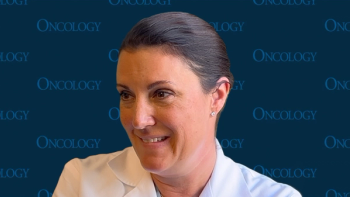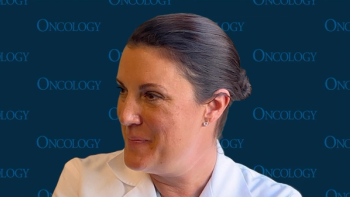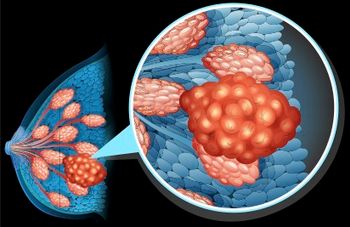
Bisphosphonates in Early Breast Cancer: 2 Years vs 5 Years
A study found no difference in outcomes between 2 and 5 years of treatment with zoledronate after chemotherapy in early breast cancer patients, suggesting the longer duration may not be necessary.
A study found no difference in outcomes between 2 and 5 years of treatment with zoledronate after chemotherapy in early breast cancer patients, suggesting the longer duration may not be necessary.
“Bisphosphonates prevent the loss of bone density and have been shown to reduce skeletal-related events particularly in postmenopausal patients,” said Wolfgang Janni, MD, PhD, of University Hospital Ulm in Germany. Bisphosphonates also improve breast cancer survival and reduce the recurrence rate in the bone, and guidelines recommend adjuvant bisphosphonates. However, an optimal duration of this therapy remains unclear.
Janni presented results of the phase III SUCCESS A trial at the 2017 San Antonio Breast Cancer Symposium (SABCS), held December 5–9. The study included 3,421 patients with high-risk early breast cancer, randomized to either 2 years (1,447 evaluable patients) or 5 years (1,540 evaluable patients) of zoledronate; this followed a separate randomization for differing chemotherapy regimens. The median age was 53 years, and 58% were postmenopausal.
There was no difference between the groups with regard to disease-free or overall survival. The multivariate analysis showed a hazard ratio (HR) for disease-free survival for 5 years vs 2 years of 0.97 (95% CI, 0.75–1.25; P = .81). For overall survival, the HR was 0.98 (95% CI, 0.67–1.42; P = .90).
A subgroup analysis according to menopausal status was similar. The HR for disease-free survival in premenopausal women was 1.21 (95% CI, 0.81–1.81; P = .35), and for overall survival it was 0.93 (95% CI, 0.57–1.53; P = .78). In postmenopausal women, the HR for disease-free survival was 0.85 (95% CI, 0.62–1.16; P = .30), and for overall survival it was 0.96 (95% CI, 0.67–1.39; P = .84).
Adverse events of all grades were seen in 46.2% of the 5-year cohort, and in 27.2% of the 2-year cohort (P < .001). Grade 3/4 adverse events were seen in 7.6% of the 5-year cohort and in 5.1% of the 2-year cohort (P = .006).
There was also no difference with regard to the prevalence of circulating tumor cells at 5 years, which Janni said was in accordance with the survival outcomes. He did note that the results should be interpreted with caution, as the observation time may be too short to draw firm conclusions; further follow-up, Janni said, is still warranted.
However, he concluded that “5 years of adjuvant zoledronate treatment should currently not be considered in these patients in the absence of decreased bone density.”
Newsletter
Stay up to date on recent advances in the multidisciplinary approach to cancer.


















































































